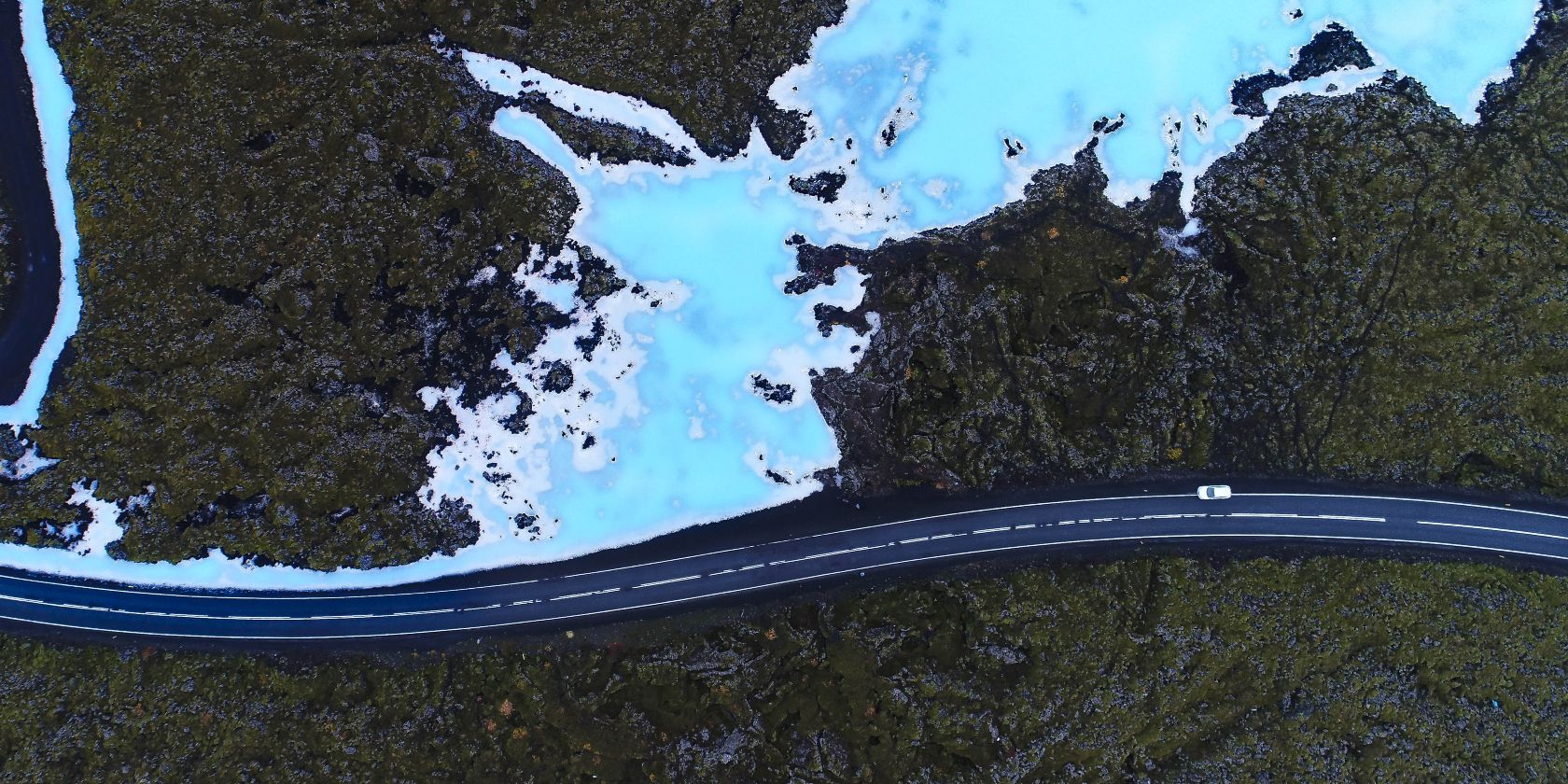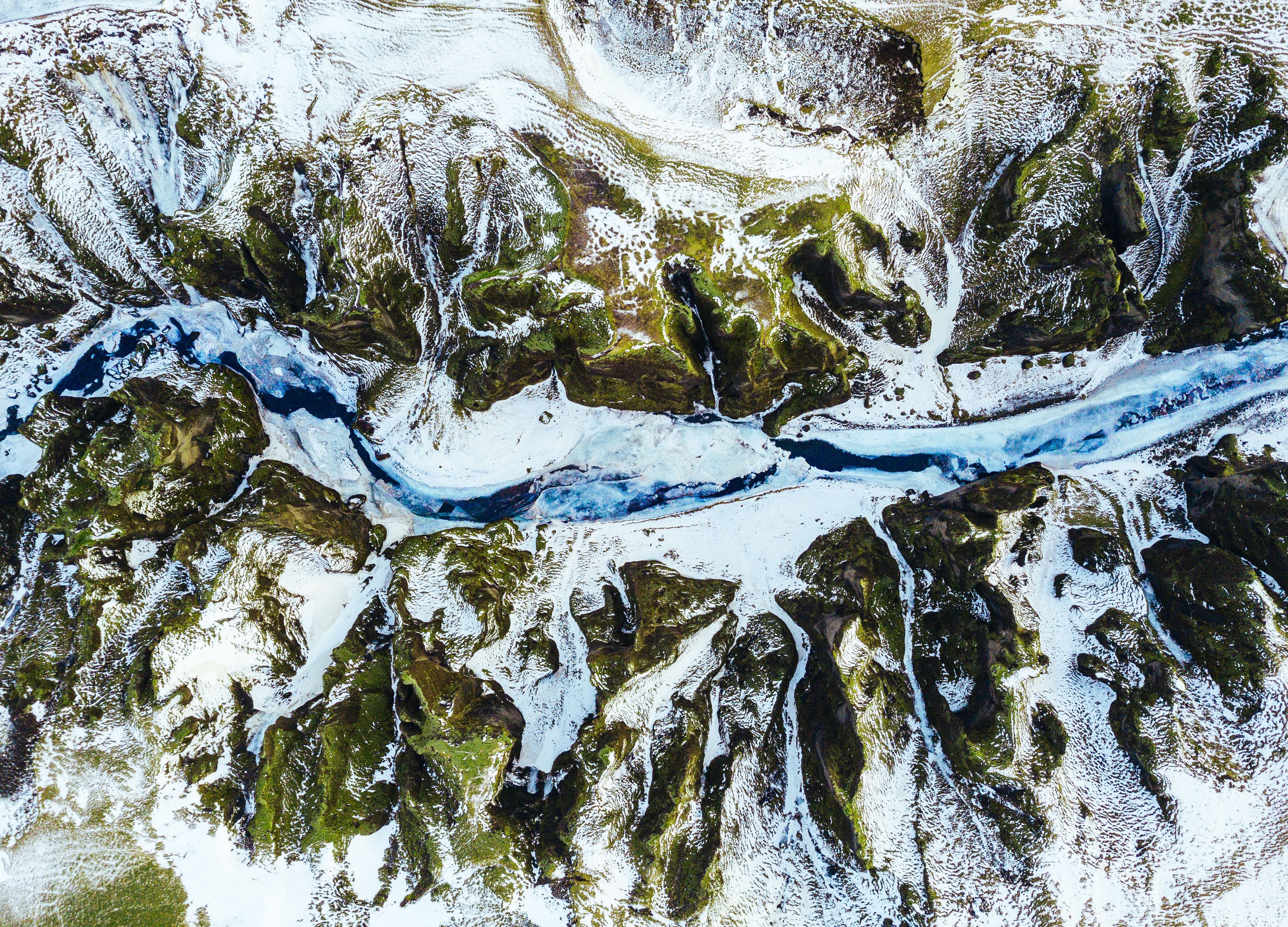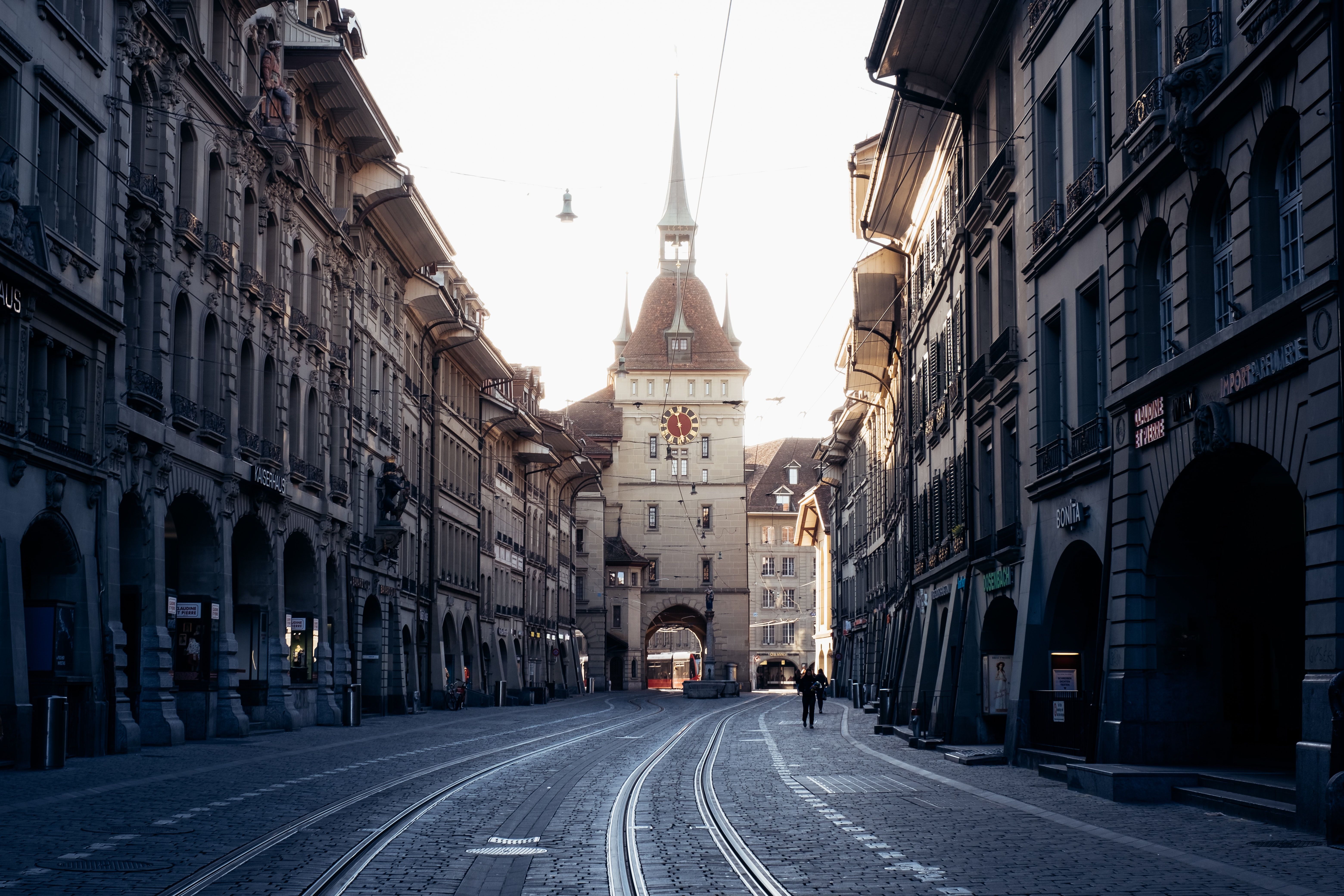If you've been in the photography space for a while, you'll almost certainly have heard of leading lines. Many of the world's biggest creators apply this technique to their shots, and it's a fantastic way to improve your visual storytelling.
But despite the many benefits of leading lines in photography, it can be tricky to master if you haven't tried it before. So, if you're feeling a little confused about it, you're in the right place.
Keep reading to discover what leading lines are, along with the benefits of using them—plus how you can apply the theory to your work.
What Are Leading Lines in Photography?
Leading lines are pretty much as you'd expect them to be. When taking a photo, you'll use some kind of line or curve to lead the viewer toward what you want them to look at in the picture.
While leading lines are popular in photography, you'll also find them used in other forms of visual art. It's not uncommon to see movies include these for particular scenes, and many painters also use the technique.
Leading lines are one of the fundamental photography theories and techniques worth learning. Others include the exposure triangle and color theory.
What Are the Benefits of Using Leading Lines?
Okay, so we've briefly touched upon what leading lines are in photography—and you've seen a basic explanation. Now, we can move on to the benefits of applying this particular technique in your images; below are three of the top reasons you should consider using it.
1. Give the Viewer Clarity on Your Main Subject
If you look back to your early day as a photographer, you'll probably notice that your images were a lot more clunky than they are today. All too often, beginners include too many subjects—which can confuse people that look at your pictures.
When you use leading lines in your photos, you'll show the viewer exactly what you want them to look at. As a result, your work will become more impactful and memorable with more people.
2. Add Depth to Your Images
From the outside looking in, it's easy to think that photography is as simple as pointing your camera at something and hoping for the best. But as anyone that does this craft regularly quickly finds out, there's a lot more to creating the perfect image.
One thing that many of the best pictures have in common is depth. In many cases, you'll find a foreground, middle, and background.
Leading lines can help you achieve the above by putting the primary subject of your picture in the background. This is a particularly useful way to make your images stand out in landscape photography, but it also works for numerous other genres.
3. Evoke Emotions in Your Photos
For many photographers, the ultimate goal with their images is to evoke emotions. But doing so is trickier than it seems; you need to consider several factors that only become more apparent with higher levels of experience.
When used correctly, leading lines are an excellent way to evoke emotions in your images. You can use them to create a sense of awe, wonder, or perhaps even tension.
Using leading lines to evoke emotions in your images can take a little practice. Consider experimenting in different lighting conditions and settings to see which ones work best for you.
How Can You Use Leading Lines in Photography?
Having explained what leading lines are and identified the top benefits of using this technique in your photography, you're probably eager to discover how you can implement it. So, let's take a look:
1. Use a Drone
Many photographers snuff at the idea of using drones, but let's be honest—not everyone has a piloting license and can afford a plane or helicopter. And while you could climb to the top of a mountain to capture your desired shot, that might not always be the most practical answer.
When you use a drone in photography, it's much easier to capture leading lines from above. Examples of objects you can include in your shots include:
- Roads
- Rock features
- Coastlines
If you choose to use a drone for leading lines in photography, remember that laws on flying these gadgets differ by region. In some cases, it might be forbidden; do your research beforehand and always respect the rules.
2. Use Natural Lines
If you don't want to use a drone for your photography, don't worry; you can still make the most of leading lines in your photos on the ground. You can use the technique in numerous settings, regardless of whether your preference is urban or nature photography.
In almost every surrounding, you'll find plenty of leading lines that you might not have even thought of. For example, your laptop's charging cable is a leading line to the plug.
Examples of regular leading lines you can use include:
- Streets
- Rivers
- Lines on buildings
Again, practicing is the best way to find which ones work best for you. Figure out what you like and don't like, and then double down on what interests you.
3. Limit the Number of Subjects in Your Shots
Minimalist photography has become more popular in the 21st century, and for a good reason. Even if you don't go all-in on this particular genre, you can use its core theory to make your leading lines more impactful.
Generally speaking, limiting how many subjects feature in your pictures is a good idea. At most, you should strive to have two main points of interest in each photo. Then, you can use leading lines to show viewers where you want them to look.
Leading Lines Are a Powerful Way to Improve Your Photography Skills
The concept of leading lines is one of the most accessible for photographers looking to improve the quality of their pictures and storytelling aspects. This technique can help evoke deeper emotions in your pictures and make your main subjects clear to viewers.
When implementing leading lines, you can use several tactics. It's worth trying as many of these as possible so that you allow your photography to develop alongside your interests naturally.




